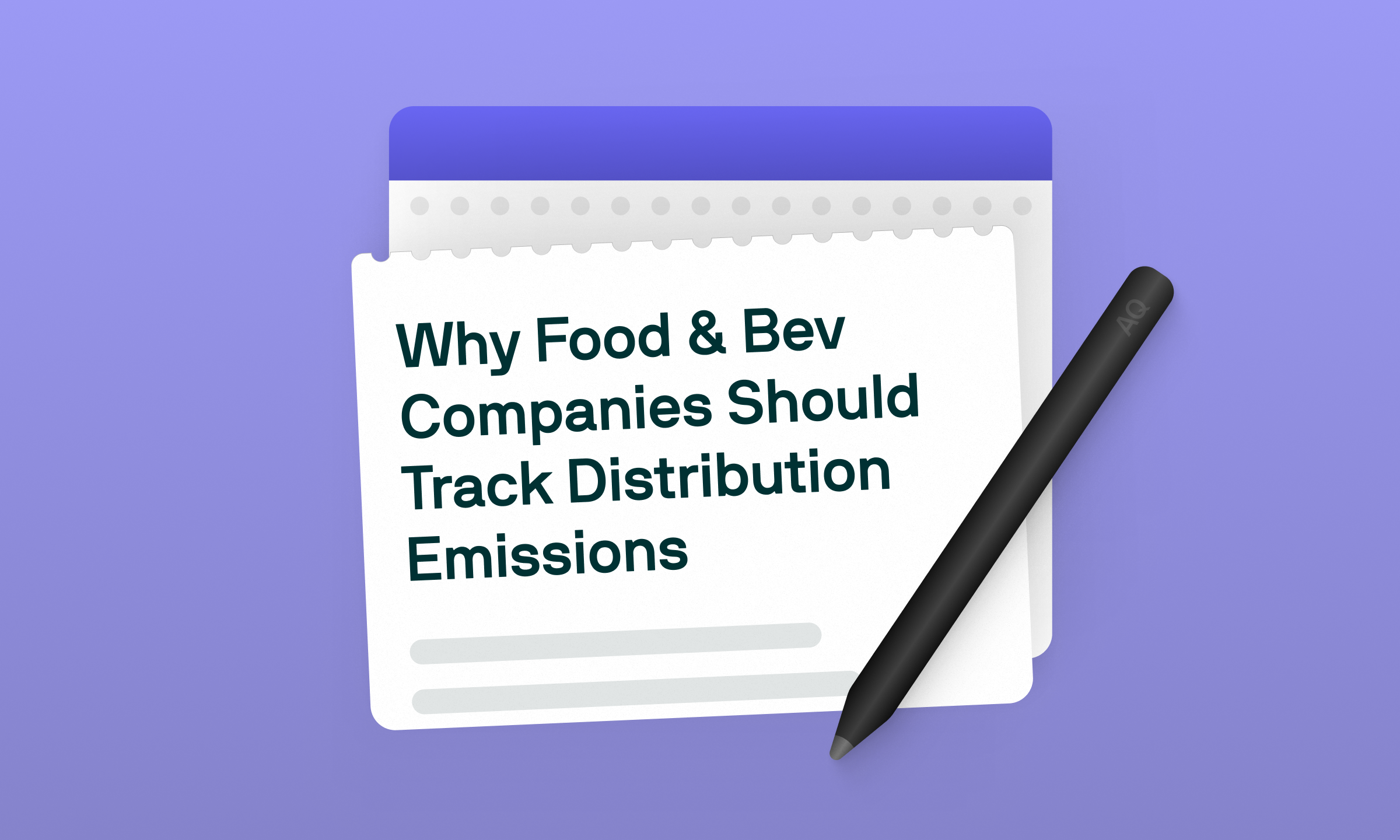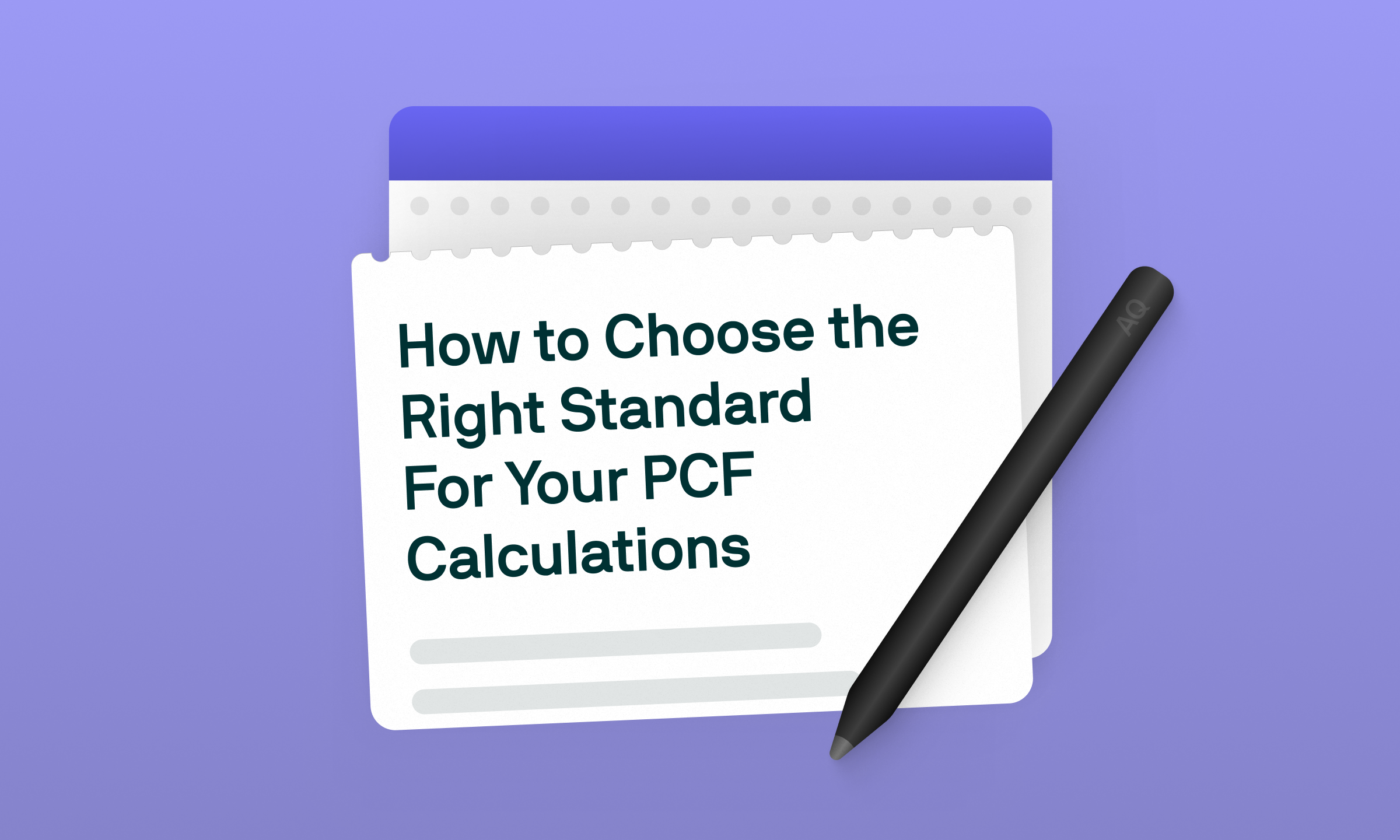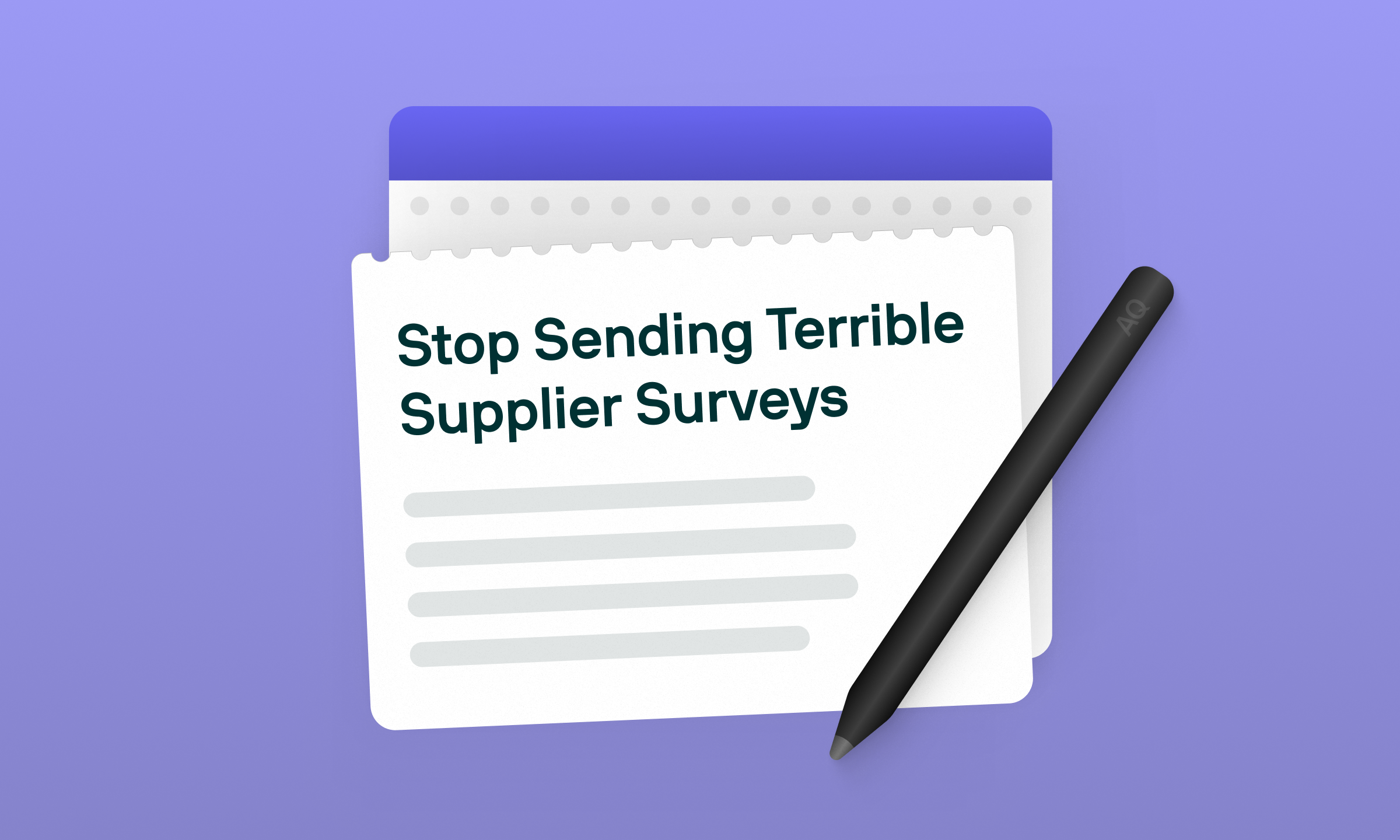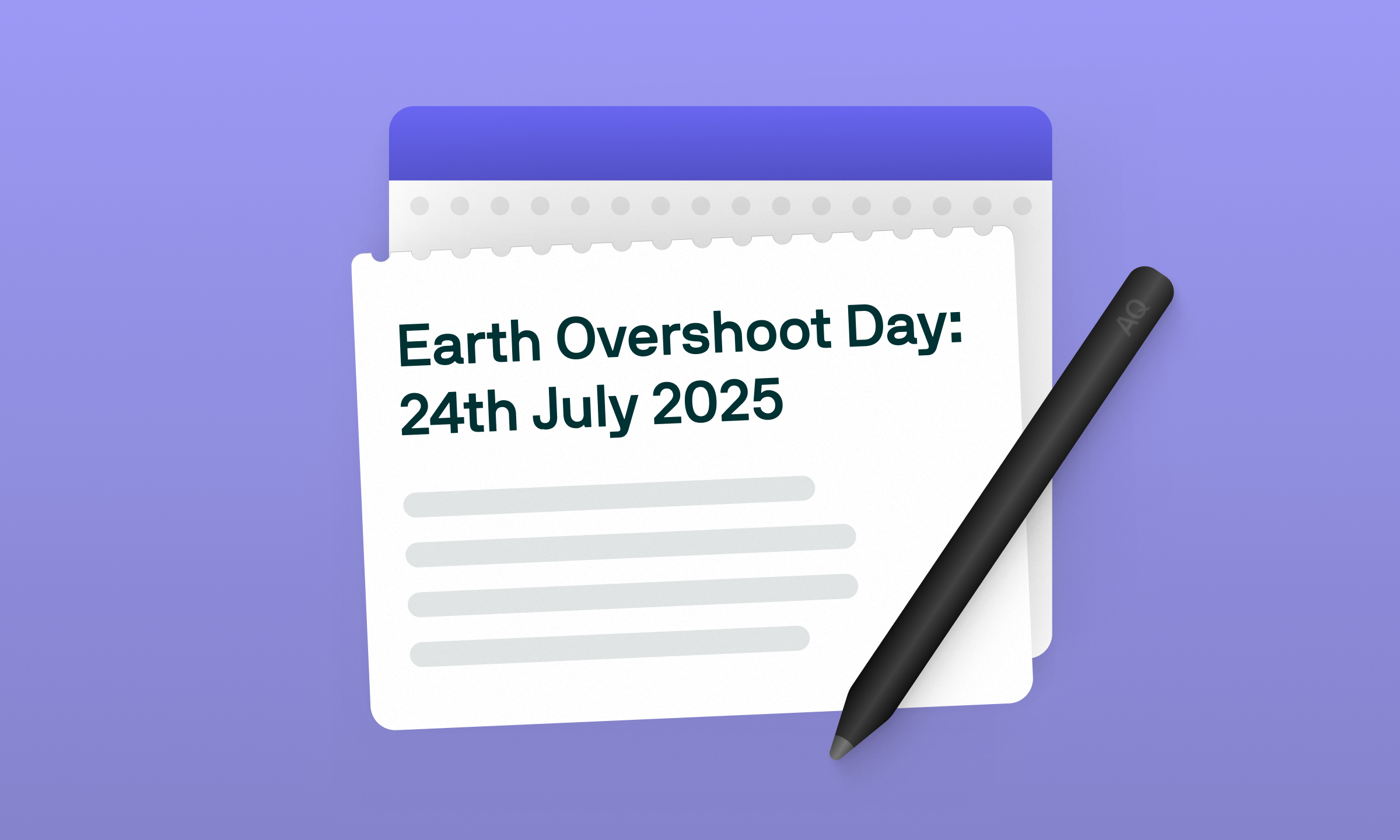Five Steps to Improve Your Scope 3 Emissions Data

What you'll learn



Why Better Data Matters
You know the rule: garbage in, garbage out. Industry-average emission factors hide the reality that one supplier's carbon footprint might be half that of another's. This lack of granularity bases procurement decisions on country-level averages rather than actual supplier performance. Ultimately, this means you can't reward sustainable suppliers or identify reduction opportunities.
Here’s how you can work towards better Scope 3 emission data.
Five Steps to Improve Your Scope 3 Emissions Data
Step 1: Start with Materiality
Materiality helps you prioritise. Begin by mapping your Scope 3 emissions and see which emission factors carry the most weight. Sort them by total carbon impact and you'll likely discover that five or six factors account for the majority of your footprint.
Take a typical food manufacturer's emissions profile. The generic "milk" emission factor might represent 40% of total Scope 3 emissions. Next comes "wheat flour" at 15%, then "packaging materials" at 12%. This reveals where your efforts will have the biggest impact.
Step 2: Uncover Hidden Variations
Once you've identified your priority emission factors, examine the actual purchase data beneath them. This reveals the true scope of variation that generic factors hides.
Take that top-ranking milk emission factor. When you dig into the purchase records, you might find it's being applied to dozens of different products. From organic whole milk to conventional skimmed milk, from local suppliers to international ones. Each is likely to have a different carbon footprint, but they're all calculated using the same generic number.
Step 3: Find More Granular Emission Factors
Start hunting for more specific emission factors that match your actual purchases. Even without supplier PCFs, you can significantly improve data quality by accessing more detailed databases.
Most emission factor databases offer granularity once you look beyond the basics. That generic "milk" factor can often be replaced with specific factors for whole milk versus skimmed, organic versus conventional, or UK versus EU production.
Step 4: Apply LCA Studies
When database factors still don't capture your suppliers' specific practices, Life Cycle Assessment (LCA) studies can bridge the gap. This marks your first step into primary data territory.
Say you've identified a cluster of dairy suppliers using innovative manure management systems that capture methane for biogas. Generic factors won't reflect this improvement, but specific LCA studies often exist for these practices. By applying targeted LCAs to your emission calculations, you can recognise suppliers who've invested in better processes, creating incentives for innovation across your supply chain.
Step 5: Move from Secondary to Primary Data
The most impactful improvement comes from incorporating actual supplier data. Start with hybrid approaches. Collect key operational metrics from suppliers and use these to adjust standard emission factors. This primary data updates the generic emission factor, creating a customised calculation that's way more accurate.
The ultimate goal is complete Product Carbon Footprints from suppliers. A transparent PCF must cover all major emission sources. Quality improvement never stops. Even with PCFs in hand, you'll continuously refine measurement approaches and improve accuracy.


.svg.webp)






.png)



